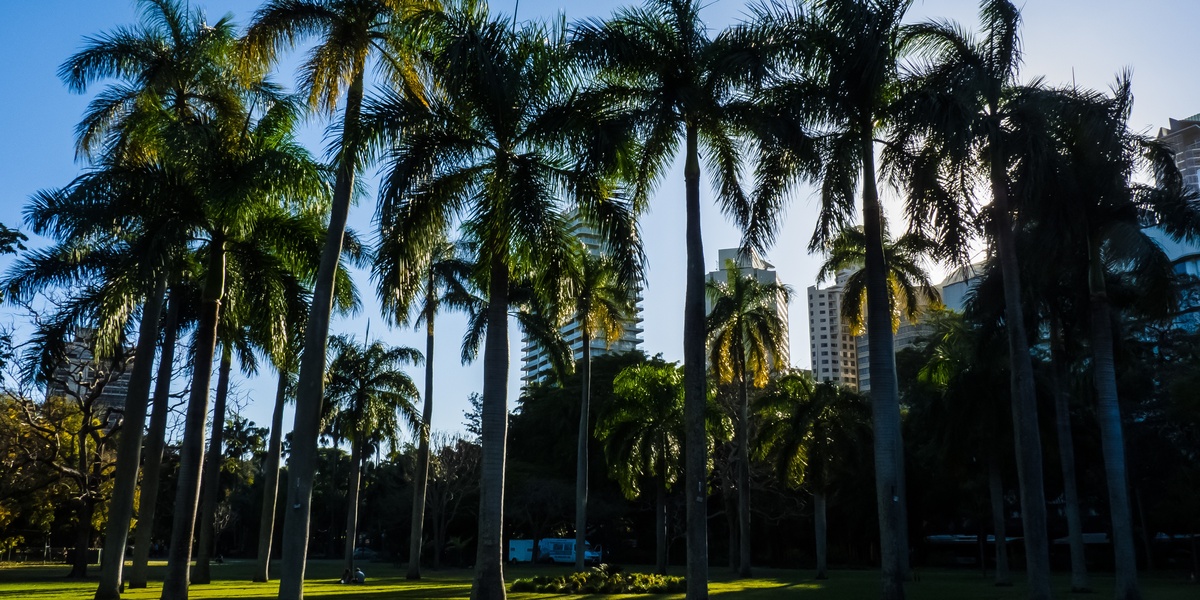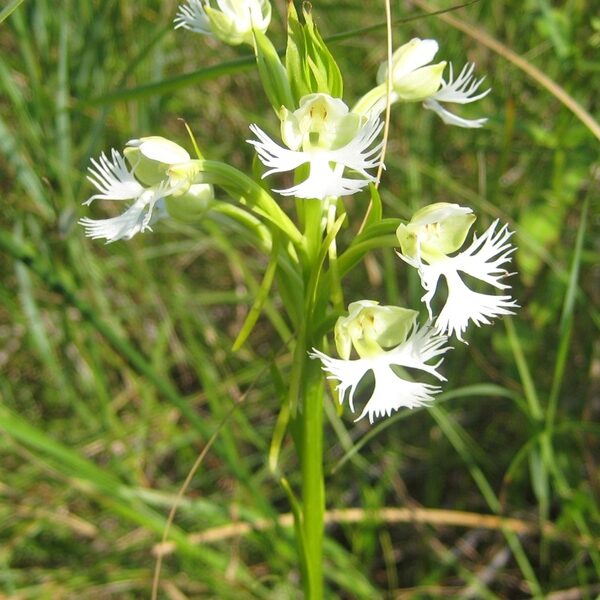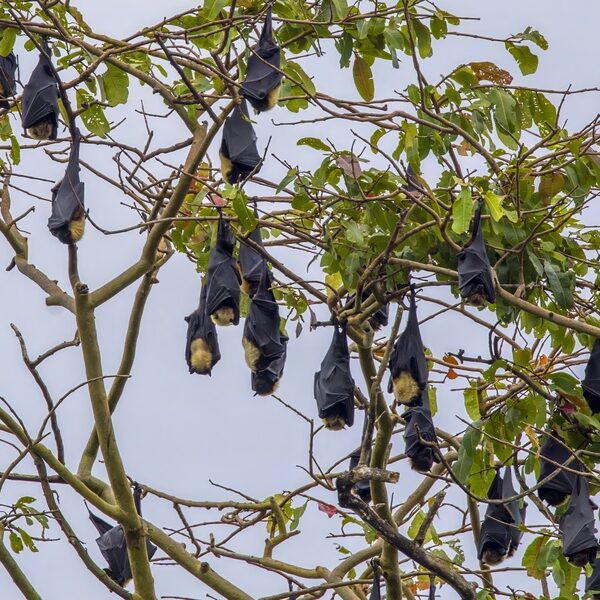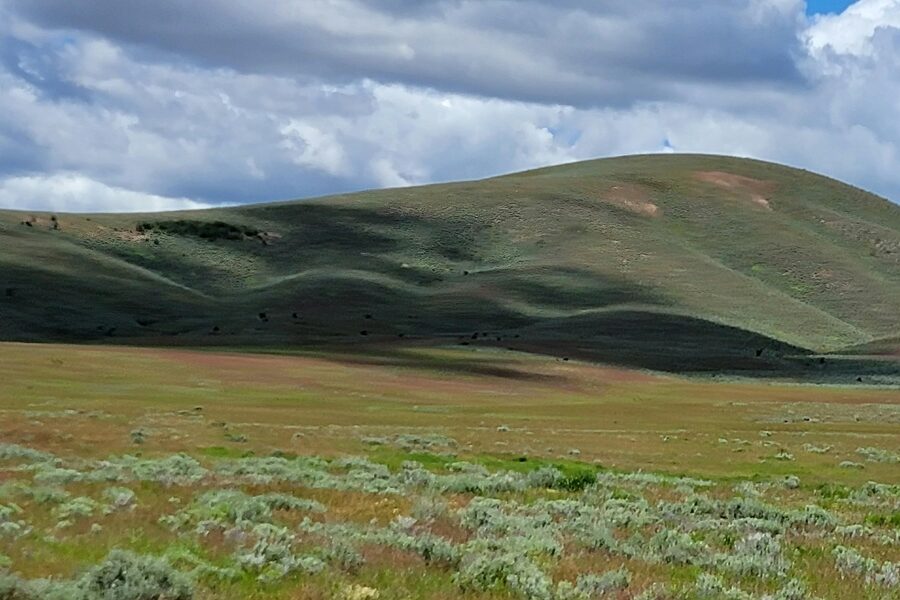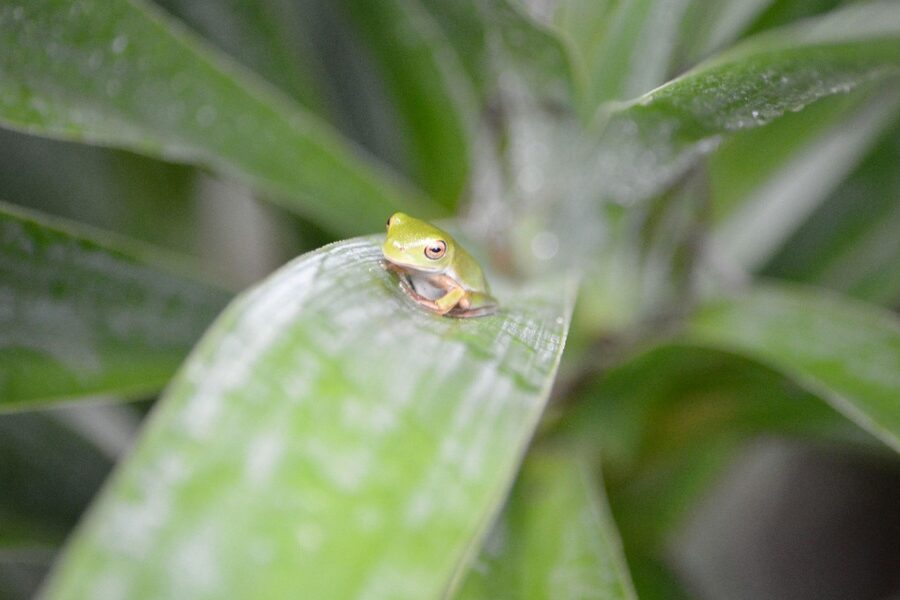The Dominican Republic’s varied islands and mountains host a surprising mix of plant life, from humid cloud forests to dry coastal scrub. Many species play important roles in local ecosystems and cultural practices, and knowing where they grow helps both visitors and conservationists.
There are 64 The Dominican Republic’s native plants, ranging from Baitoa to Zombie Palm. Each entry is organized with Scientific name, Endemic, and Habitat / Range; you’ll find below.
How many of these native plants are truly endemic to the island?
The list marks endemic status for each species, so you can scan the Endemic column to see which ones are limited to Hispaniola. If you need exact conservation or legal protection details, check local floras, national park resources, or IUCN listings for up-to-date assessments.
Where are the best places to see native species like Baitoa or the Zombie Palm?
Look for them in protected areas and varied habitats—Sierra de Bahoruco, Los Haitises, Jaragua and other national parks host many natives—and visit botanical gardens (e.g., Santo Domingo’s collections) or go with local guides who know seasonal locations and respect collection rules.
The Dominican Republic’s Native Plants
| Name | Scientific name | Endemic | Habitat / Range |
|---|---|---|---|
| Bayahibe Rose | Pereskia quisqueyana | Yes | Dry subtropical forest, southeast coast near Bayahibe |
| Mahogany | Swietenia mahagoni | No | Dry to moist forests, widespread in lowlands |
| Hispaniolan Pine | Pinus occidentalis | Yes | Montane forests of the Cordillera Central and Sierra de Bahoruco |
| Green Ebony | Magnolia pallescens | Yes | Cloud forests of the Cordillera Central, very restricted range |
| Guayacán | Guaiacum officinale | No | Coastal dry forests and scrublands, especially in the south |
| Silver Thatch Palm | Coccothrinax argentea | Yes | Widespread in lowland dry forests and savannas |
| Bumblebee Orchid | Tolumnia henekenii | Yes | Dry forests, growing on twigs and small branches |
| Cacheo Palm | Pseudophoenix ekmanii | Yes | Dry limestone hills, Jaragua National Park, Barahona Peninsula |
| Palo de Cruz | Isidorea pungens | Yes | Dry limestone forests and scrublands |
| Sea Grape | Coccoloba uvifera | No | Coastal beaches and dunes throughout the island |
| Grigri | Bucida buceras | No | Coastal and lowland forests, often near mangroves |
| Hispaniolan Royal Palm | Roystonea hispaniolana | Yes | Valleys and moist lowlands across the island |
| Canelilla | Pimenta haitiensis | Yes | Montane broadleaf forests, often on limestone soils |
| Hispaniolan Juniper | Juniperus gracilior | Yes | High-altitude montane forests, primarily on limestone |
| Caguey Cactus | Pilosocereus polygonus | No | Coastal dry forests and arid scrublands |
| Turk’s Cap Cactus | Melocactus lemairei | Yes | Arid coastal areas and low-lying dry forests |
| Juan Primero | Simarouba berteroana | Yes | Dry forests, often on limestone soils |
| Campeche | Haematoxylum campechianum | No | Dry, thorny scrublands and coastal thickets |
| Baitoa | Phyllostylon rhamnoides | No | Dry forests, particularly in the south and northwest |
| White Frangipani | Plumeria obtusa | No | Widespread in dry forests and coastal areas |
| Copey | Clusia rosea | No | Coastal, moist, and cloud forests; very adaptable |
| Hispaniolan Screwpine | Ekmanianthe longiflora | Yes | Dry limestone hills and coastal cliffs in the southwest |
| Sierran Palm | Prestoea montana | No | Wet montane and cloud forests of the Cordillera Central |
| West Indian Tree Fern | Cyathea arborea | No | Wet montane forests, ravines, and cloud forests |
| Bloodwood | Pterocarpus officinalis | No | Freshwater swamps and riverbanks in humid lowlands |
| Zombie Palm | Zombia antillarum | Yes | Dry, rocky hillsides in the northwest and central regions |
| Gumbo-limbo | Bursera simaruba | No | Dry to moist forests, widespread in lowlands |
| Kapok Tree | Ceiba pentandra | No | Widespread in lowlands and river valleys |
| Calabash Tree | Crescentia cujete | No | Dry forests and open savannas |
| Haitian Catalpa | Catalpa longissima | No | Moist to dry forests, often along rivers |
| Wild Sage | Lantana camara | No | Disturbed areas, roadsides, and forest edges; widespread |
| Hispaniolan Buttonwood | Conocarpus erectus var. sericeus | No | Coastal areas, saline soils, and mangrove edges |
| Wild Coffee | Faramea occidentalis | No | Understory of moist broadleaf and cloud forests |
| Red Mangrove | Rhizophora mangle | No | Coastal lagoons, estuaries, and protected shorelines |
| Black Mangrove | Avicennia germinans | No | Coastal lagoons, in zones behind the Red Mangrove |
| White Mangrove | Laguncularia racemosa | No | Upper zones of mangrove forests, on higher ground |
| Hispaniolan Rosy Trumpet Tree | Tabebuia berteroi | Yes | Dry forests and savannas, often on limestone |
| Goat’s Foot Vine | Ipomoea pes-caprae | No | Coastal sand dunes and beaches |
| Latherleaf | Colubrina arborescens | No | Dry coastal forests and thickets |
| Baybean | Canavalia rosea | No | Coastal dunes and beaches, often with Goat’s Foot Vine |
| Hispaniolan Holly | Ilex tuerckheimii | Yes | High-altitude cloud forests of the Cordillera Central |
| Cigua | Ocotea leucoxylon | No | Moist to wet forests at various elevations |
| Ebano Falso | Brya ebenus | No | Dry limestone forests and coastal scrub |
| Wild Petunia | Ruellia tuberosa | No | Disturbed areas, lawns, and dry open woods |
| Caribbean Dogwood | Piscidia piscipula | No | Coastal dry forests and hammocks |
| Lizard’s Tail | Saururus cernuus | No | Shallow water, marshes, and swamp edges |
| Spanish Elm | Cordia alliodora | No | Moist and dry forests from low to mid-elevations |
| Jamaican Caper | Quadrella jamaicensis | No | Coastal dry forests and thickets on limestone |
| Cow Itch | Mucuna pruriens | No | Forest edges, thickets, and disturbed areas |
| Wild Guava | Psidium guineense | No | Savannas, open woodlands, and disturbed areas |
| Hispaniolan Wild Petunia | Ruellia domingensis | Yes | Pine forests and savannas, often on limestone soils |
| Wild Tobacco | Nicotiana tabacum | No | Disturbed sites, riverbanks, and old clearings |
| Hispaniolan Pepper | Capsicum frutescens | No | Forest edges and clearings in moist areas |
| Firebush | Hamelia patens | No | Forest edges, secondary growth, and gardens |
| Hispaniolan Spindletree | Schaefferia frutescens | No | Coastal thickets and dry limestone forests |
| Mamey | Mammea americana | No | Moist forests in lowland areas |
| Hispaniolan Soapberry | Sapindus saponaria var. hispaniolensis | Yes | Dry forests, particularly on limestone substrates |
| Hispaniolan Erythroxylum | Erythroxylum rotundifolium | Yes | Dry forests and scrublands on limestone |
| Lobelia | Lobelia assurgens | No | Wet montane forests, roadsides, and landslides |
| Clavellina | Caesalpinia pulcherrima | No | Dry forests and disturbed areas; widely naturalized |
| Joewood | Jacquinia berteroi | Yes | Coastal thickets and dry scrublands on limestone |
| Wild Dilley | Manilkara gonavensis | Yes | Dry forests on limestone, especially in the southwest |
| Strongbark | Bourreria succulenta | No | Coastal dry forests and thickets |
| Hispaniolan Ground Orchid | Bletia patula | No | Open, grassy areas in pine forests and savannas |
Images and Descriptions
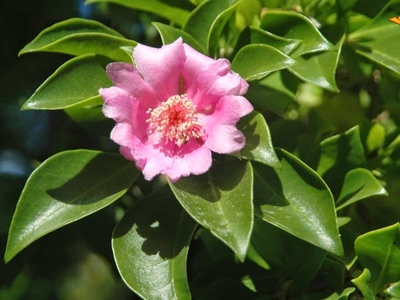
Bayahibe Rose
The national flower of the Dominican Republic, this rare species is a cactus with true leaves. It produces beautiful pink flowers and is a symbol of Dominican conservation, being critically endangered and protected in a very small area.
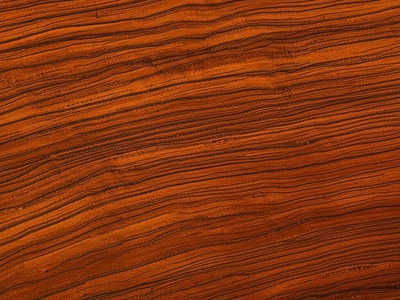
Mahogany
The Dominican Republic’s national tree, famed for its beautiful, durable reddish-brown wood. Once abundant, large wild trees are now rare and protected due to historical over-harvesting. Its large canopy provides excellent shade.
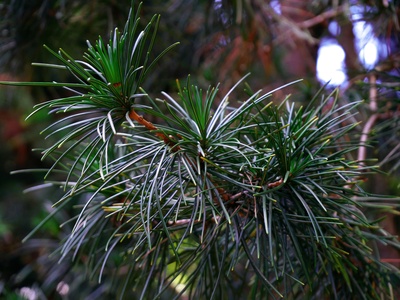
Hispaniolan Pine
The only pine native to Hispaniola, it dominates the island’s high-altitude mountain landscapes. This resilient tree is adapted to fire and forms open, airy forests. Its wood is a key local resource for construction.
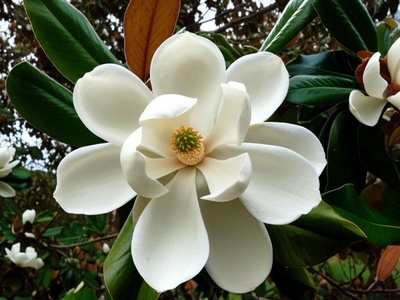
Green Ebony
A critically endangered magnolia with beautiful, large white flowers and valuable dark wood. This species is the focus of major conservation efforts in the Ébano Verde Scientific Reserve, created specifically to protect it.
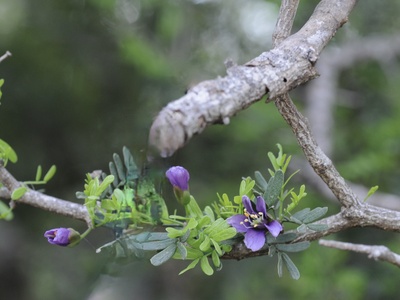
Guayacán
Known as Lignum Vitae or “wood of life” for its historic medicinal uses. It has exceptionally hard, dense wood and produces clusters of beautiful blue-purple flowers. This slow-growing tree is now a protected species.
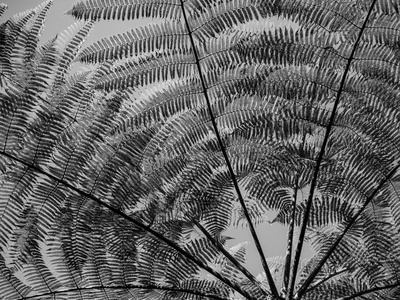
Silver Thatch Palm
A common fan palm easily identified by the striking silvery-white underside of its leaves. It’s a hallmark of the Dominican landscape, with its fronds traditionally used for thatch roofing and weaving hats and baskets.
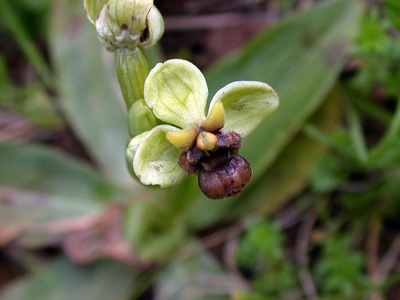
Bumblebee Orchid
A fascinating miniature orchid whose flower remarkably mimics a female bee to attract males for pollination. This unique deception makes it a prized find for orchid enthusiasts and a testament to the island’s unique biodiversity.
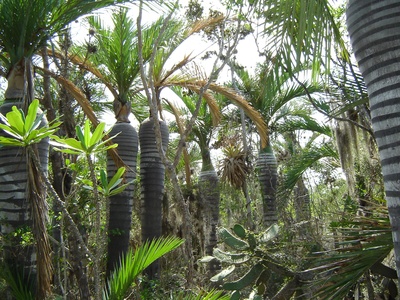
Cacheo Palm
One of the world’s rarest palms, this critically endangered species is slow-growing with a distinctive, bottle-shaped trunk. It thrives in harsh, dry environments, making it a flagship species for local conservation efforts.
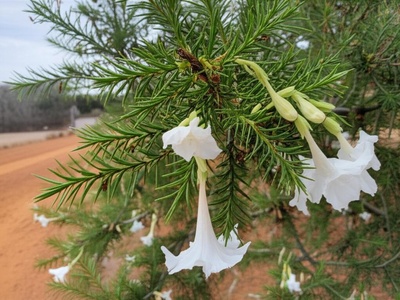
Palo de Cruz
This small tree gets its name, “Cross Wood,” from the distinct cross-shaped pattern visible in its wood when cut. It has spiny-tipped leaves and produces white, trumpet-shaped flowers, holding cultural significance in local folklore.
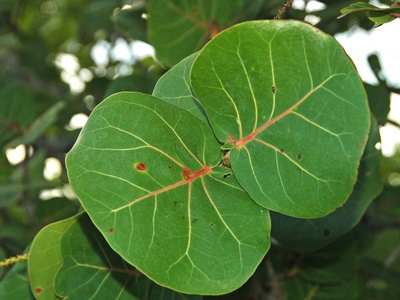
Sea Grape
A signature plant of Caribbean beaches, recognized by its large, round, leathery leaves that turn red with age. It forms dense thickets that stabilize sand dunes, and its tart, grape-like fruit can be eaten raw or made into jelly.

Grigri
A hardy, wind-resistant tree with a distinctive, layered branching pattern that creates a flat-topped crown. It’s often used in landscaping for its ornamental shape. Its dense wood is valued for making high-quality charcoal.
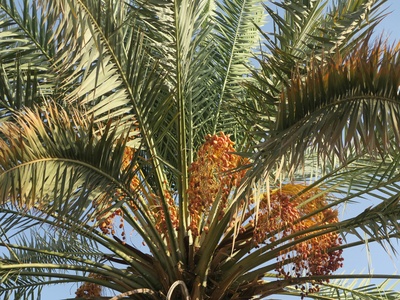
Hispaniolan Royal Palm
A tall, majestic palm with a smooth, grey, concrete-like trunk and a prominent green crownshaft. It’s a key feature of the Dominican rural landscape. Its fronds are used for thatch and its fruit feeds livestock.
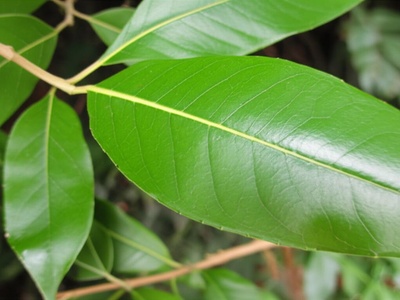
Canelilla
An aromatic tree related to allspice, its crushed leaves and bark have a spicy, cinnamon-like scent. The leaves are used locally in traditional medicine and as a culinary spice, adding a unique flavor to dishes and teas.
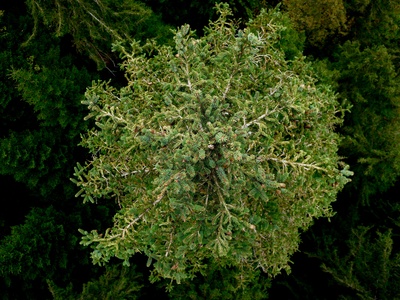
Hispaniolan Juniper
This slow-growing conifer, locally called Savina, has aromatic wood and scale-like leaves. It is highly threatened by habitat loss and illegal cutting for its fragrant wood, used for crafting decorative items and incense.
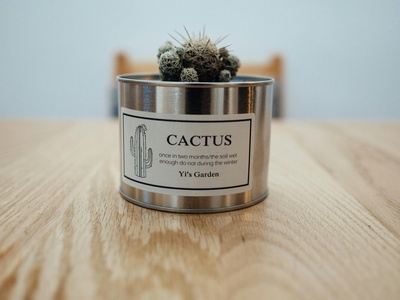
Caguey Cactus
A tall, tree-like cactus with multiple bluish-green ribbed stems that can form large stands. It produces large, white nocturnal flowers pollinated by bats and moths. The reddish fruit, known as pitahaya, is edible.
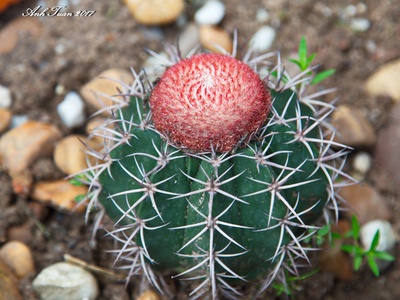
Turk’s Cap Cactus
A distinctive round cactus that grows a woolly, bristly cap (cephalium) at maturity, from which small pink flowers emerge. This unique feature makes it easily identifiable in the rocky, sun-baked landscapes of Hispaniola’s coast.
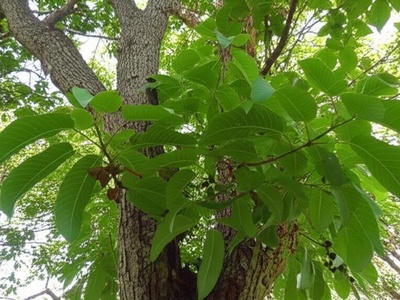
Juan Primero
A small to medium-sized tree known for its bitter bark, which has various applications in traditional herbal medicine. It has compound leaves and produces small, dark fruits that are eaten by birds.
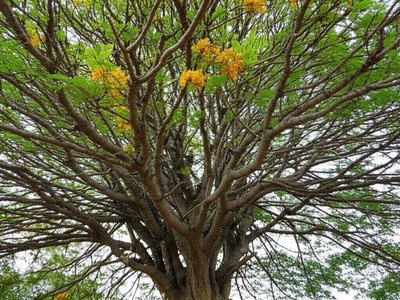
Campeche
A gnarled, spiny tree whose heartwood, known as logwood, produces a valuable deep red or purple dye historically important in the European textile trade. It bears clusters of small, fragrant yellow flowers that attract bees.
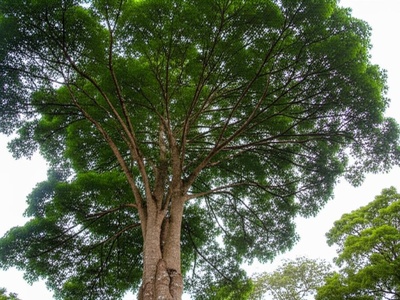
Baitoa
A hardwood tree known for its extremely strong, durable, and flexible wood, often compared to hickory. It is highly valued locally for making baseball bats, tool handles, and fence posts that resist rot.
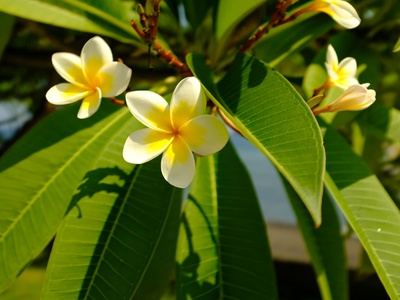
White Frangipani
Known locally as “Flor de Mayo,” this iconic tree produces clusters of beautiful, highly fragrant white flowers with yellow centers. Its thick, succulent branches exude a milky sap when broken and it is a common sight in gardens and wild areas.
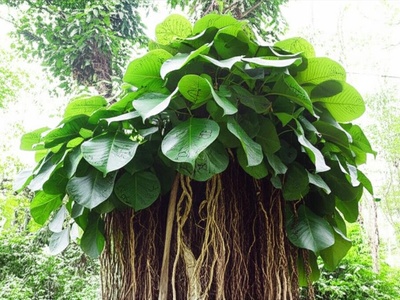
Copey
Also called the Autograph Tree because messages scratched onto its thick, waxy leaves remain visible. It often begins life as an epiphyte on other trees, eventually sending its own roots to the ground.
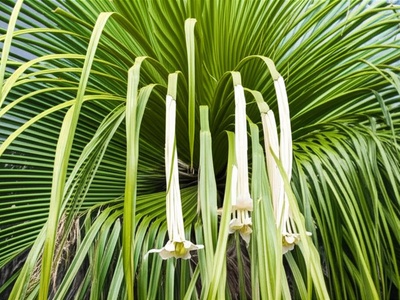
Hispaniolan Screwpine
A striking plant with long, strap-like, spiny leaves growing in a spiral. It produces a spectacular hanging stalk of long, white, trumpet-shaped flowers. It is a rare and unique member of Hispaniola’s endemic flora.
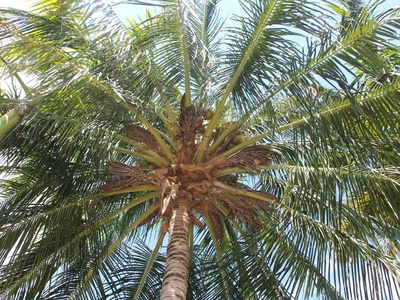
Sierran Palm
A slender palm found at high elevations in the misty cloud forests. It plays a crucial role in the ecosystem, providing fruit for birds like the Palmchat, the DR’s national bird. Often grows in dense stands.
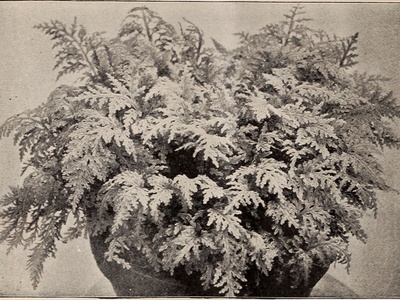
West Indian Tree Fern
This plant, known as “Helecho Macho,” grows a tall, fibrous trunk, giving it a tree-like appearance. Its large, delicate, feathery fronds create a lush canopy in the cool, moist, and shady understory of mountain forests.
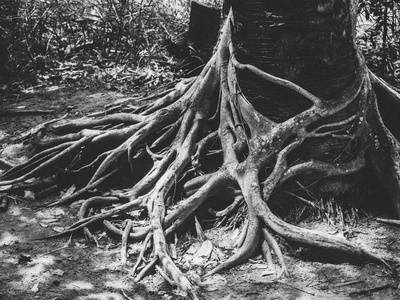
Bloodwood
A large tree adapted to swampy conditions with prominent buttress roots for stability. It gets its name from the dark red, blood-like resin that seeps out when the bark is cut, which has been used in traditional medicine.
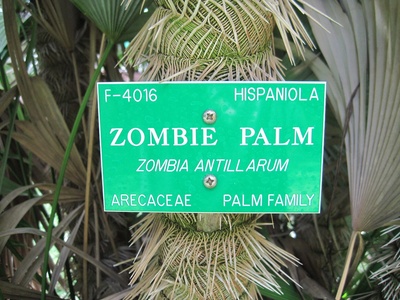
Zombie Palm
A unique and highly ornamental palm with a trunk densely covered in persistent, spiny leaf bases. Its unusual appearance gives it its name. It is very slow-growing and prized by plant collectors worldwide.
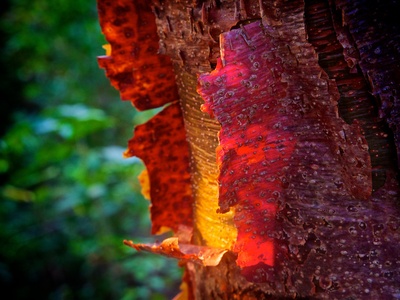
Gumbo-limbo
Known as the “Tourist Tree” for its peeling, reddish bark resembling a sunburned tourist. It grows very easily from cuttings, and live branches are often used to create living fences. The resin has been used as incense and glue.
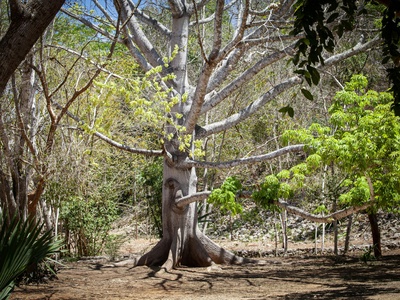
Kapok Tree
A massive, fast-growing tree with a thick trunk often covered in conical spines and supported by large buttresses. It produces pods filled with a silky, cotton-like fiber (kapok) that was historically used to stuff pillows and life preservers.
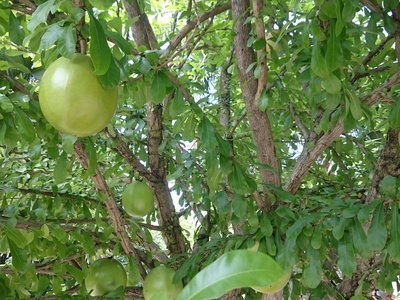
Calabash Tree
A small tree that produces large, round, hard-shelled fruits directly on its trunk and thick branches. The shells are hollowed out and used to make traditional bowls, cups (hícaras), and musical instruments like maracas.
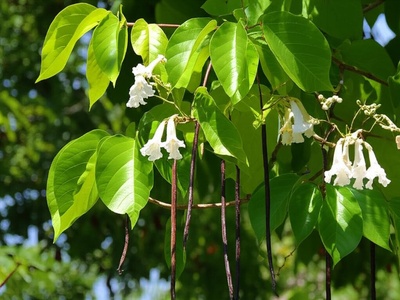
Haitian Catalpa
Locally known as “Roble,” this is a fast-growing tree with large, heart-shaped leaves and long, bean-like seed pods. It produces showy, white, trumpet-shaped flowers. Its durable wood is used for fence posts and construction.
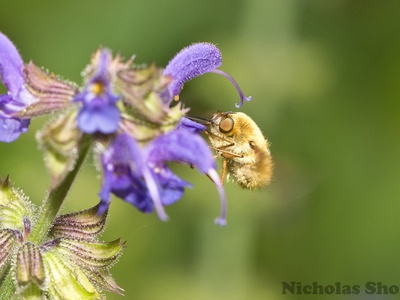
Wild Sage
A hardy shrub with rough-textured leaves and clusters of small flowers that often change color as they age, from yellow to orange, pink, or red. It flowers year-round, attracting butterflies, but can be invasive in some habitats.

Hispaniolan Buttonwood
A variety of buttonwood distinctive for its dense covering of silvery, silky hairs on the leaves, giving the plant a shimmering appearance. It is extremely tolerant of salt and wind, making it a key coastal stabilizer.
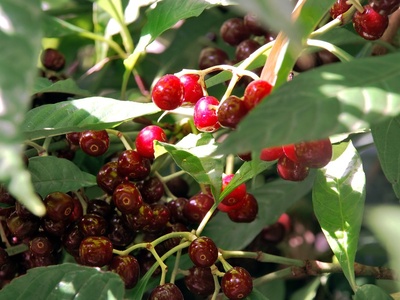
Wild Coffee
Locally known as “Café Cimarrón,” this is a native shrub or small tree related to coffee. It produces clusters of fragrant white flowers followed by dark blue or black berries, providing food for forest birds.
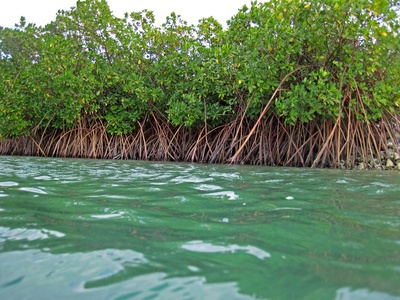
Red Mangrove
The iconic mangrove species, easily identified by its tangled, reddish prop roots that arch down into the water. These roots create a vital, protective nursery habitat for fish and invertebrates and help protect the coast from erosion.
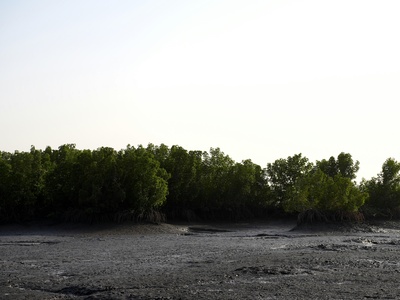
Black Mangrove
Identified by its numerous breathing tubes (pneumatophores) that stick up out of the mud around the trunk. It is highly salt-tolerant, excreting excess salt through its leaves, which can often be seen with salt crystals.
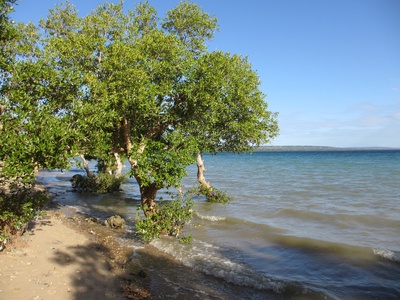
White Mangrove
This mangrove species is typically found in the landward zone of the swamp. It is identified by the two small glands (nectaries) at the base of each leaf blade. It plays a key role in the mangrove ecosystem transition.
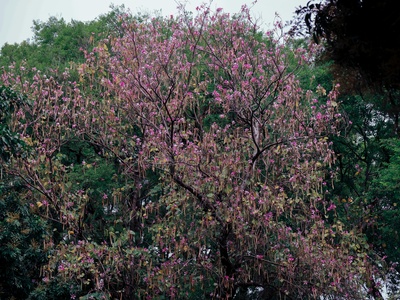
Hispaniolan Rosy Trumpet Tree
An endemic tree that produces spectacular displays of pink to lavender trumpet-shaped flowers, often blooming on bare branches during the dry season. It is a prized ornamental for its beautiful floral show.
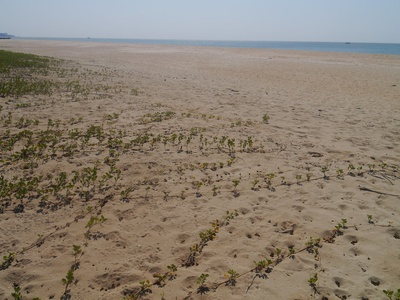
Goat’s Foot Vine
A common trailing vine that helps stabilize sand, named for its two-lobed leaves that resemble a goat’s footprint. It produces attractive pink to purple morning glory-like flowers and can cover large areas of the upper beach.
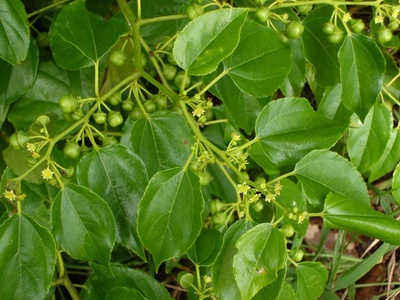
Latherleaf
A shrub or small tree whose leaves, when crushed in water, produce a soap-like lather, giving it its name. It was traditionally used as a natural soap. It has small, inconspicuous yellowish flowers and round fruit capsules.
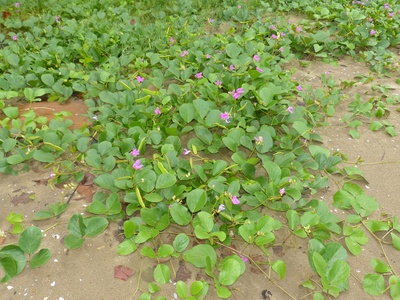
Baybean
A hardy, salt-tolerant vine with trifoliate leaves and typical pink to purple pea-shaped flowers. Its buoyant seeds can float for long periods, allowing it to colonize beaches across the tropics. It is an important sand stabilizer.
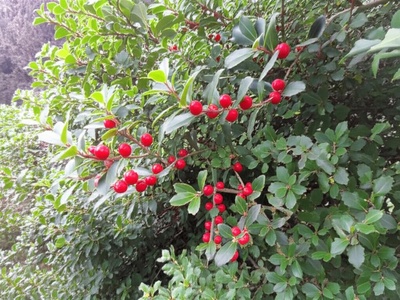
Hispaniolan Holly
A rare and endemic holly species found only in the cool, misty mountains. Like other hollies, it is an evergreen shrub or small tree, representing the unique and often threatened flora of Hispaniola’s “sky islands.”
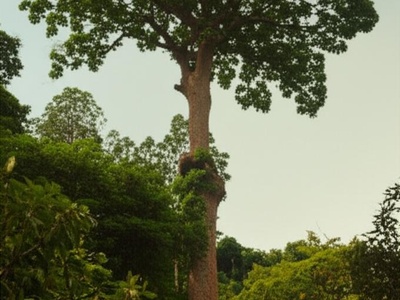
Cigua
A large forest tree belonging to the laurel family, which also includes avocado. Its wood is valued for construction. The tree is an important part of the forest canopy, providing habitat and food for wildlife, including birds.
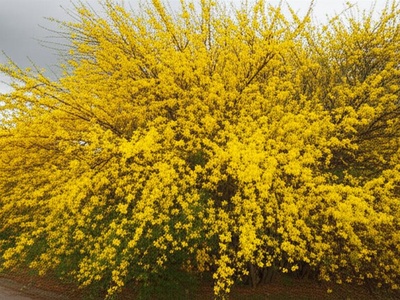
Ebano Falso
A spiny shrub or small tree also known as West Indian Ebony. It produces a very hard, dense, dark heartwood. It is famous for its mass flowering events, where the plant is covered in bright yellow pea-like flowers after heavy rains.
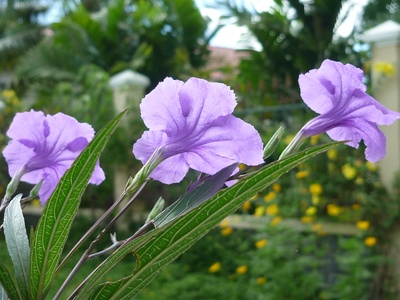
Wild Petunia
A low-growing perennial herb with funnel-shaped, purple-blue flowers that open for only a single day. It has tuberous roots that help it survive dry periods. It is common in sunny, disturbed sites.
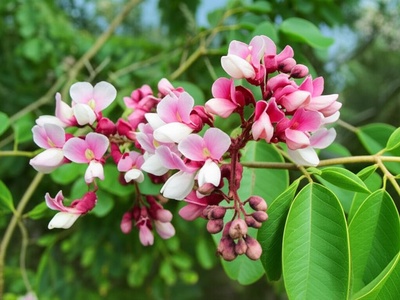
Caribbean Dogwood
Known as “Florida fishpoison tree,” its bark and roots contain compounds that were traditionally used by indigenous people to stun fish for easy capture. It produces showy clusters of pinkish-white pea-like flowers.
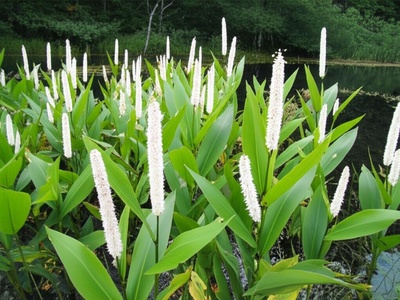
Lizard’s Tail
An emergent aquatic plant named for its long, drooping, fuzzy white flower spike that resembles a lizard’s tail. The leaves have a distinctive sassafras or citrus-like scent when crushed. It forms dense colonies in wetlands.
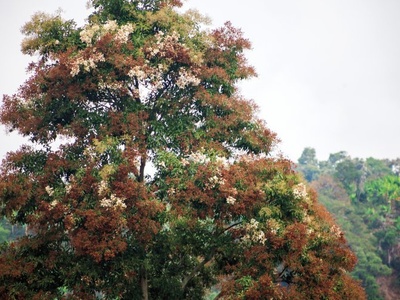
Spanish Elm
A fast-growing timber tree known locally as “Capá.” It produces large clusters of fragrant white flowers, making it an important source of nectar for bees. Its wood is moderately durable and used for furniture and construction.
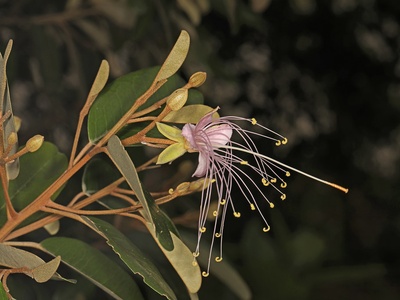
Jamaican Caper
A dense, evergreen shrub or small tree with leathery leaves. It produces beautiful, spidery flowers with long purple stamens and white petals that bloom at night and are very fragrant, attracting moths.
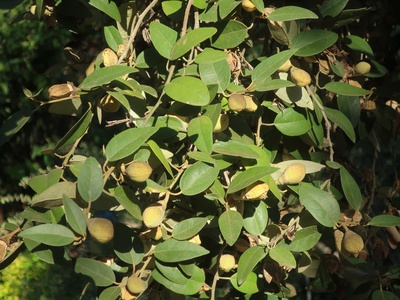
Cow Itch
A climbing vine whose seed pods are covered in tiny, orange-brown hairs that cause intense itching and irritation upon contact. Despite this defense, the plant has various uses in traditional medicine and agriculture.
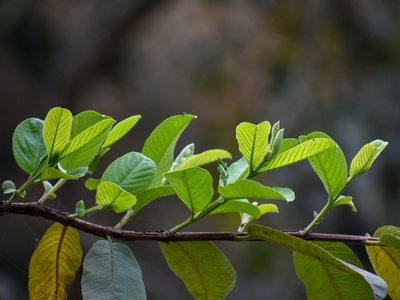
Wild Guava
A wild relative of the common guava, this shrub produces smaller, more acidic fruits. Known as “Guayaba Cimarrona,” its fruit is eaten by wildlife and used locally to make drinks and sweets.
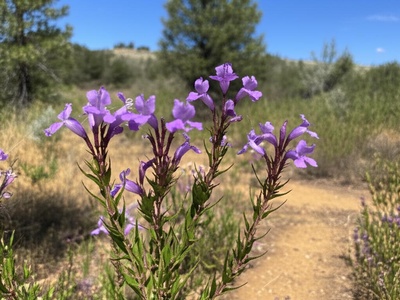
Hispaniolan Wild Petunia
An endemic herb or small shrub that is well-adapted to the dry, open pine forests of the mountains. It produces attractive tubular, lilac or purple flowers, contributing to the unique understory of these ecosystems.
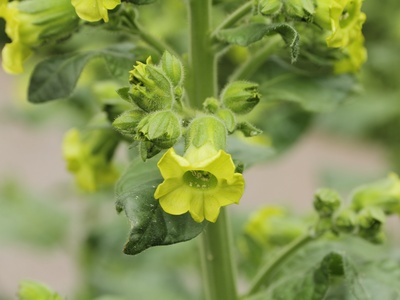
Wild Tobacco
The same species as cultivated tobacco, it also occurs as a native, wild plant in the Caribbean. It is a tall, leafy annual with large leaves and tubular, pinkish flowers. Its leaves contain high concentrations of nicotine.
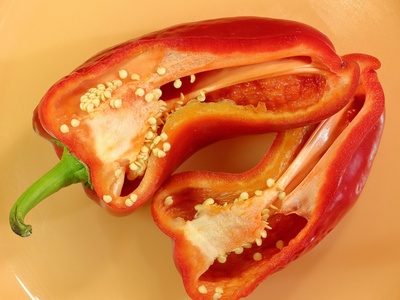
Hispaniolan Pepper
This is the wild ancestor of many cultivated peppers, including Tabasco. It grows as a small, perennial shrub with small, erect, and very pungent red fruits. It is dispersed by birds, which are immune to the capsaicin heat.
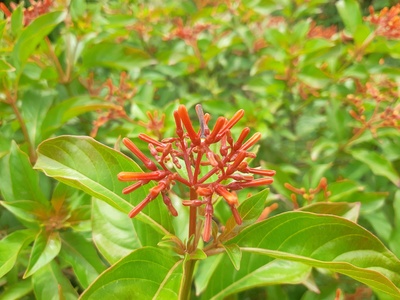
Firebush
A fast-growing, evergreen shrub with reddish stems and whorled leaves. It produces clusters of bright, orange-red tubular flowers that are highly attractive to hummingbirds and butterflies, making it popular in native gardens.
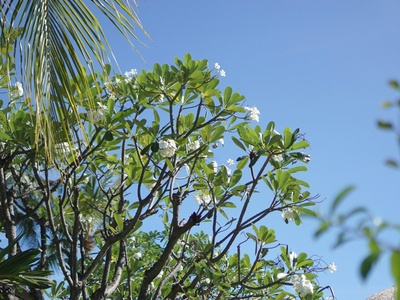
Hispaniolan Spindletree
A rigid, densely branched shrub or small tree with small, leathery, yellowish-green leaves. It is very drought and salt tolerant. It produces tiny, inconspicuous flowers followed by small, bright red berries that attract birds.
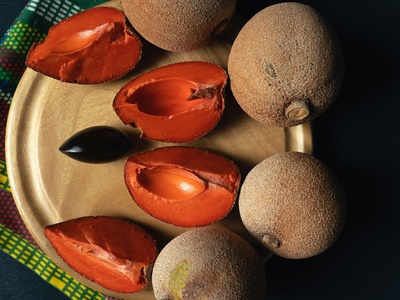
Mamey
A large, handsome evergreen tree with thick, glossy leaves. It is cultivated for its large, round, brown-skinned fruit, which has sweet, orange flesh. Wild or naturalized populations are found throughout the island’s forests.
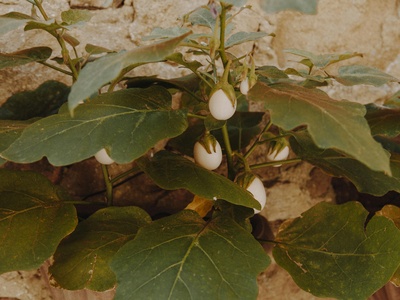
Hispaniolan Soapberry
An endemic variety of the soapberry tree. The pulp of its round, yellowish fruits contains saponins and produces a rich lather in water, traditionally used as a natural soap for washing clothes.

Hispaniolan Erythroxylum
A small, endemic shrub related to the coca plant. It has small, rounded, leathery leaves and is a characteristic part of the understory in the Dominican Republic’s unique dry forest ecosystems.
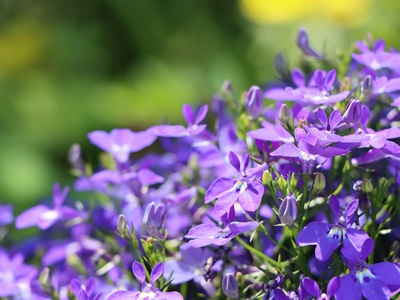
Lobelia
A tall, unbranched herb that can reach several meters in height, topped with a spike of showy red or orange tubular flowers. It is a pioneer species that quickly colonizes disturbed, sunny areas in the mountains.
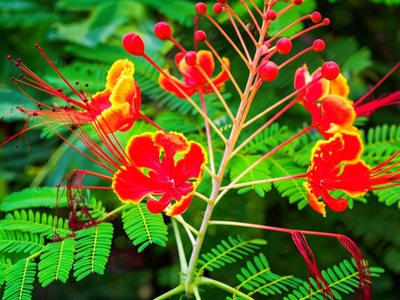
Clavellina
Although widely cultivated as an ornamental (Pride of Barbados), it is native to the American tropics. It’s a shrub with feathery leaves and stunning flower clusters of red, orange, and yellow with long, showy red stamens.
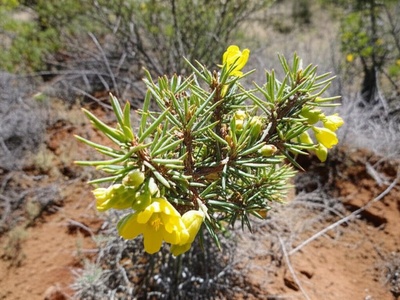
Joewood
A small, endemic, slow-growing evergreen shrub with very stiff, spiny-tipped leaves clustered at the branch tips. It is extremely drought-tolerant and produces fragrant, bell-shaped, yellowish flowers.
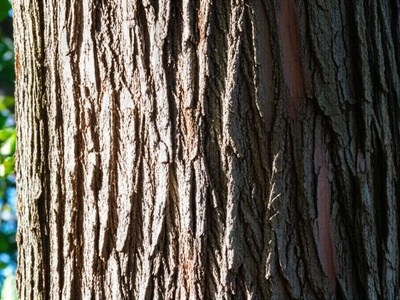
Wild Dilley
An endemic tree related to the sapodilla. It produces a hard, heavy, and durable wood. The tree is a component of the dry forests of the Jaragua-Bahoruco-Enriquillo Biosphere Reserve.
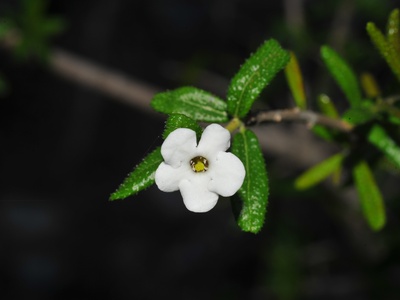
Strongbark
A shrub or small tree with glossy leaves and clusters of white, fragrant, bell-shaped flowers. It produces small, bright orange to red berries that are a favorite food for birds, especially migratory species.
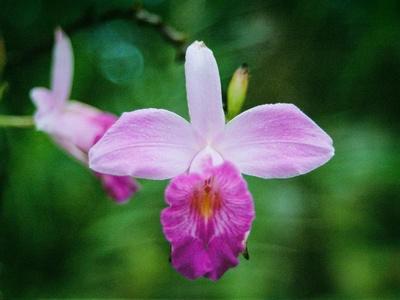
Hispaniolan Ground Orchid
A terrestrial orchid that grows from an underground corm. It sends up a tall spike of showy, pink to purple flowers, usually during the spring. It is adapted to survive the periodic fires that sweep through its pine forest habitat.
